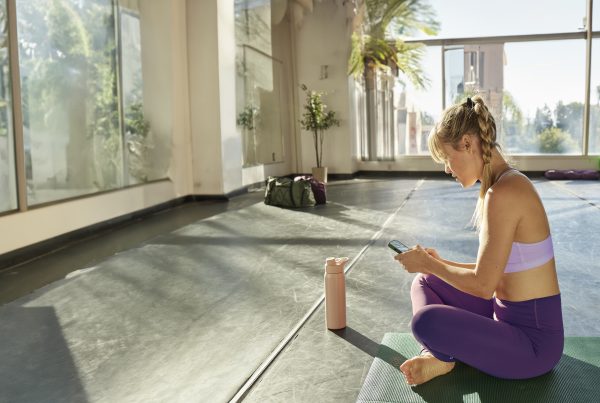By Ashley Gluchowski, PhD, Afroditi Stathi, PhD, and Diane Crone, PhD on behalf of the ATTAIN Research Ageing Network
The United Kingdom’s Chief Medical Officers’ physical activity guidelines recommend that all adults build strength on at least two days a week to keep muscles, bone, and joints strong.
However, asking people to participate in resistance training two days a week has been shown to be a vague and confusing message. People are unsure what counts as resistance training and many middle-aged and older adults believe that resistance training is only for bodybuilders, athletes, or social media influencers. Further, many programmes targeting older adults and classified as resistance training programmes, often focus solely on balance exercises or are mainly performed seated, and/or omit the principle of progressive overload.
In addition, our national guidelines and self-report surveys of resistance training participation include activities that are not likely to be building strength for the average adult (i.e. walking or carrying groceries), and so this message only adds to the public’s confusion.
Gyms and leisure centres are ideally placed to help clarify this message and support people to take part in more effective resistance training. We do have robust evidence that structured exercise programmes focussing on strength are effective and cost-effective for older adults with mobility limitations so gyms and leisure centres across the physical activity sector can play a key role in supporting independence and healthy ageing.
Ensuring the gym space is a welcoming place for both young and older people is important. For example, older adults may enjoy their own space, away from younger adults and blocking time or space in a gym, for older adults to come together, to enjoy the space and socialise with similar aged, similar ability, and like-minded people, has been shown to increase adherence to this training structure. Older adults have also been shown to prefer expert, enthusiastic trainers, that can sometimes help to offset any potential feelings of fear and encourage safety and motivation when starting resistance training (or any physical activity) for the first time.
It is also important to assess how classes are marketed to older age groups to encourage them to take part. This can be achieved by carefully by thinking about the titles, descriptions, imagery, and format of exercise classes. Similarly, recognising the diversity in strength levels of older adults and ensuring they aren’t purely treated as frail and unable, will help to challenge these groups so they can see clear results – and ultimately improve their strength. Let’s not forget that compassionate ageism can do more harm than good.
Gyms and leisure centres can use evidence-led messaging for their target audience and evidence-led programming to help their older members improve their strength and health. To complement this, having instructors who are qualified in resistance training prescription and supervision and understand the importance of behaviour change techniques such as goal setting, monitoring progress, modelling, supporting self-efficacy, supporting relatedness, managing setbacks, and problem solving will be beneficial. It is also helpful that those instructors have the skills to enhance interaction and social confidence in these groups too.
Some simple strategies to help increase the suitability for gyms and leisure facilities for welcoming and supporting older adults, could include:
- A designated time for them in the facility – this doesn’t have to be sole use but maybe a time when there will be an instructor available to encourage interaction and providing a welcoming environment, especially for people new to the gym;
- Asking your members if you can promote their success stories, through a poster case study on the wall, photos of older adults of all abilities doing resistance training, or a web article;
- Use a ‘bring a friend’ incentive;
- Keep any specific classes small so members feel safe and supported.
Finally, supporting older participants to get results is a priority! No one, at any age, wants to keep investing their time, money, and energy, with no noticeable return on their investment and by getting stronger, they will reap the positive benefits that it has to bring.
To find out more about the ATTAIN Research Ageing Network, click here.
Disclaimer: Any views or opinions expressed are solely those of the author and do not necessarily represent those of ukactive.



